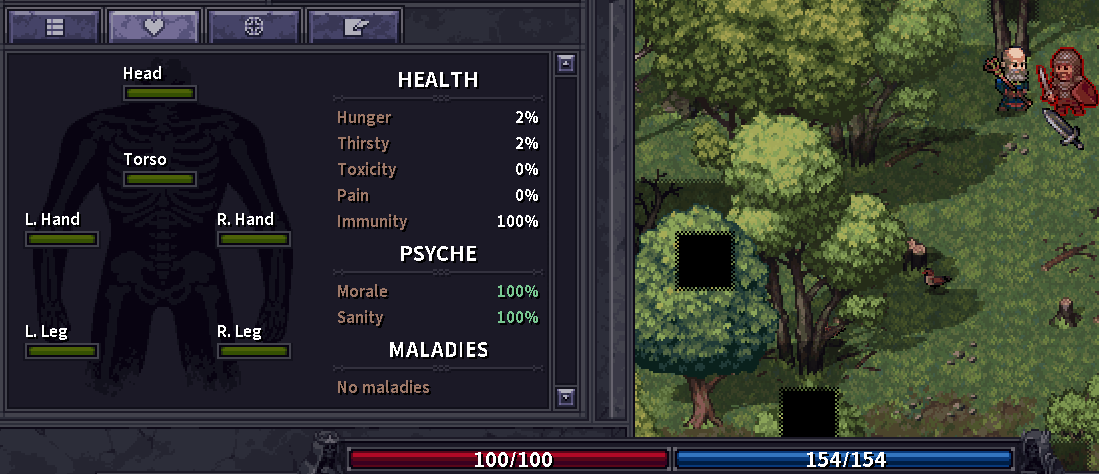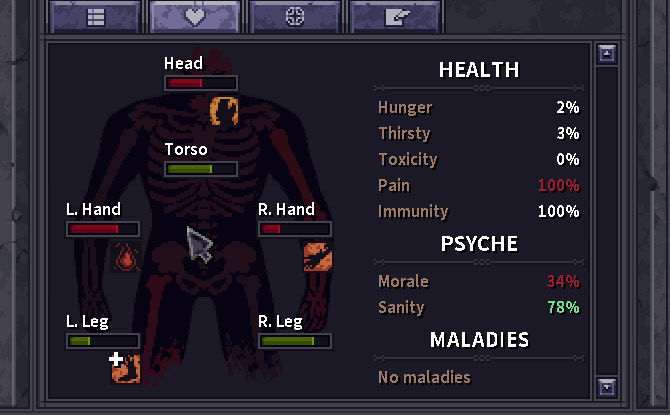Check out Police Stories — Out Now
Greetings everyone!
Today we would like to share some exciting news with you: our friends at Mighty Morgan has released their first game Police Stories!

Police Stories is a top-down tactical shooter in which you play as on-duty police officers. It allows you to create a unique loadout from multiple equipment choices. Shooting first is not an option, they say, as you need to carefully coordinate actions with your partner to complete the mission.
[previewyoutube][/previewyoutube]
Support our fellow indie developers and join the crime hunt!
https://store.steampowered.com/app/539470/Police_Stories/
Today we would like to share some exciting news with you: our friends at Mighty Morgan has released their first game Police Stories!

Police Stories is a top-down tactical shooter in which you play as on-duty police officers. It allows you to create a unique loadout from multiple equipment choices. Shooting first is not an option, they say, as you need to carefully coordinate actions with your partner to complete the mission.
[previewyoutube][/previewyoutube]
Top Features:
- The Surrender System - Apprehend the suspects without resorting to violence and gain more points.
- Complex Tactical Gameplay - Use tactical equipment, such as under-the-door cameras, door blast charges and issue commands to your fellow partner Rick to overcome the odds.
- Different each new run - Randomly placed criminals, hostages and evidence make every run feel unique.
Support our fellow indie developers and join the crime hunt!
https://store.steampowered.com/app/539470/Police_Stories/
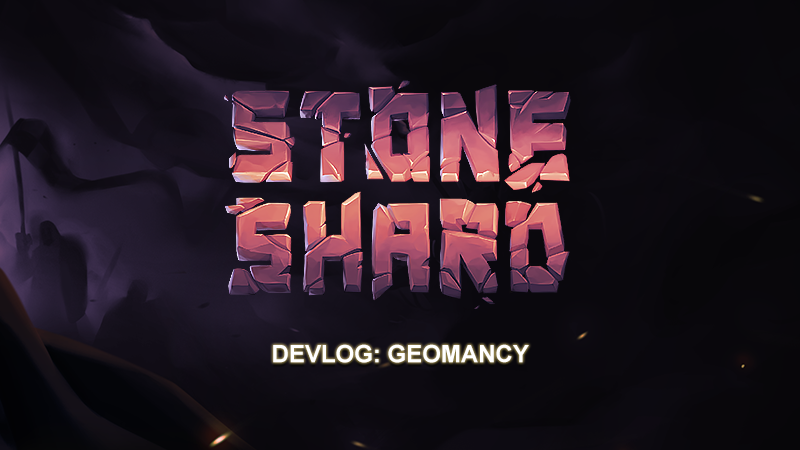
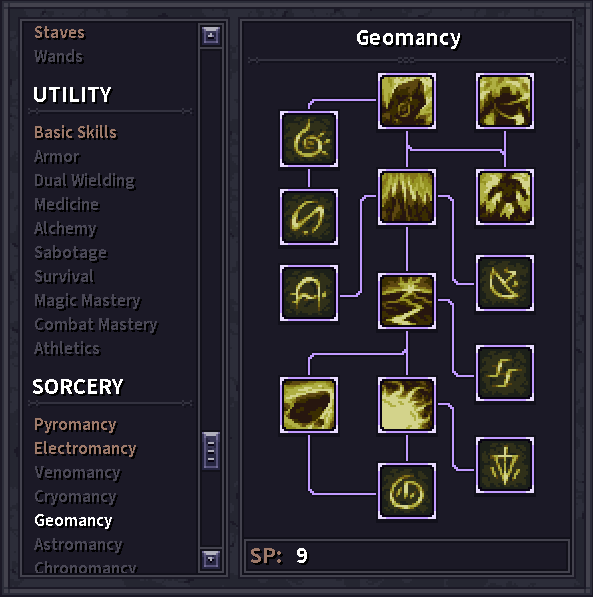

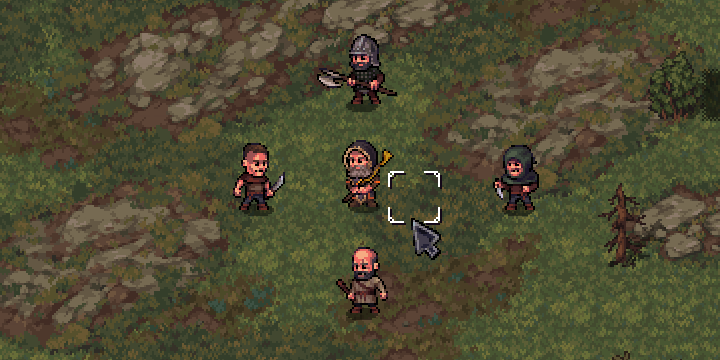
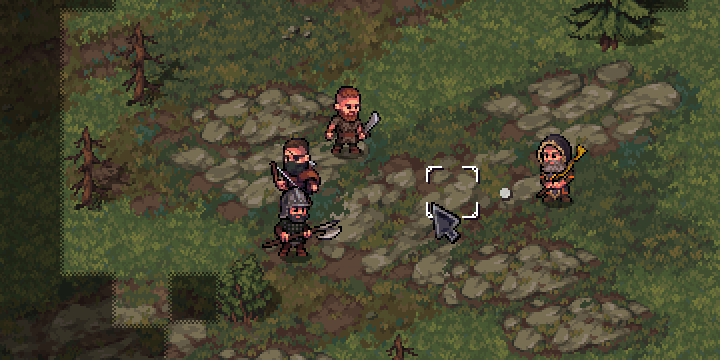
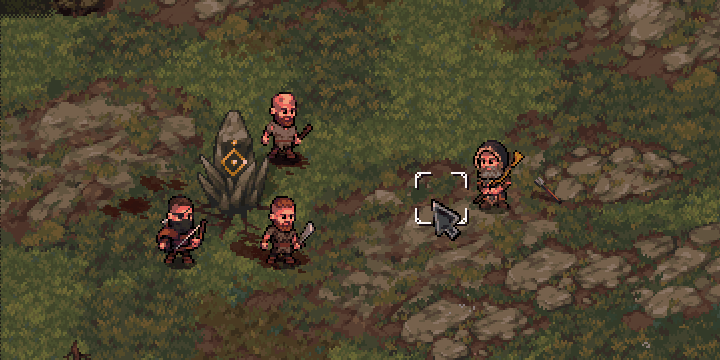


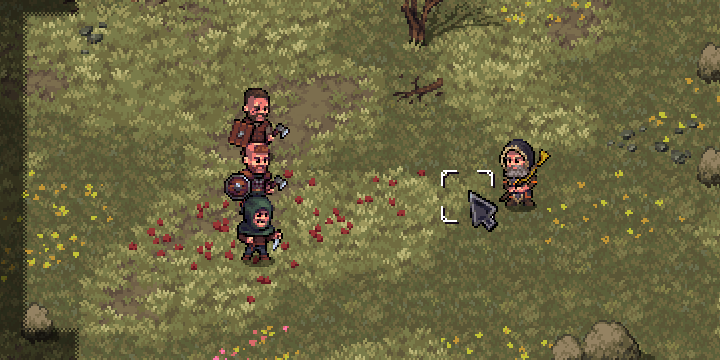




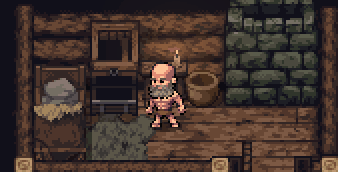 Press F for Fashion
Press F for Fashion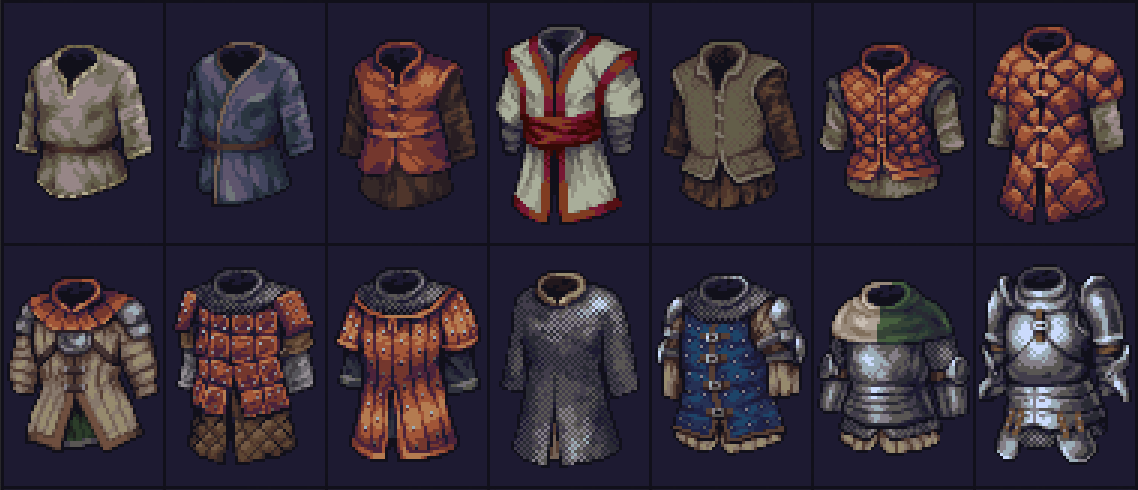
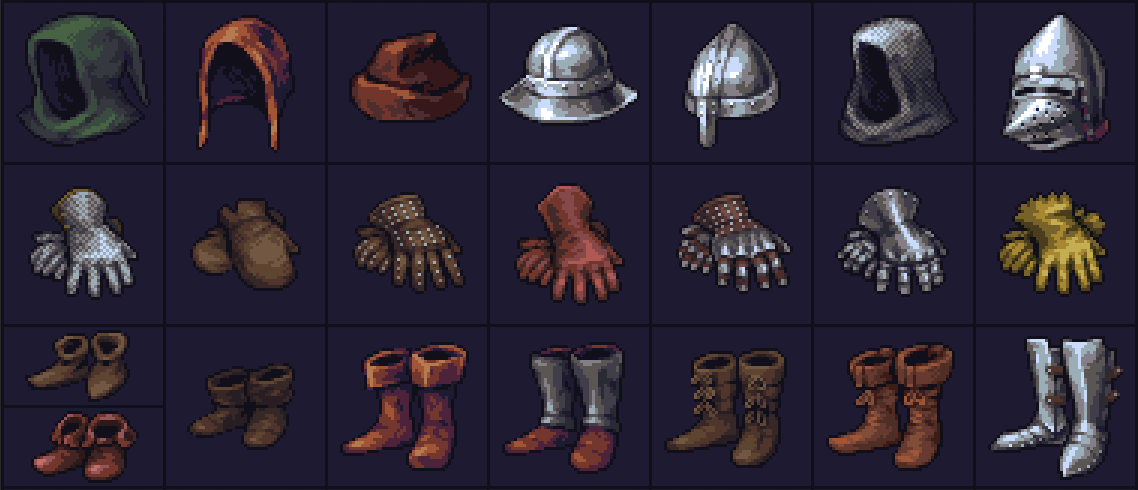
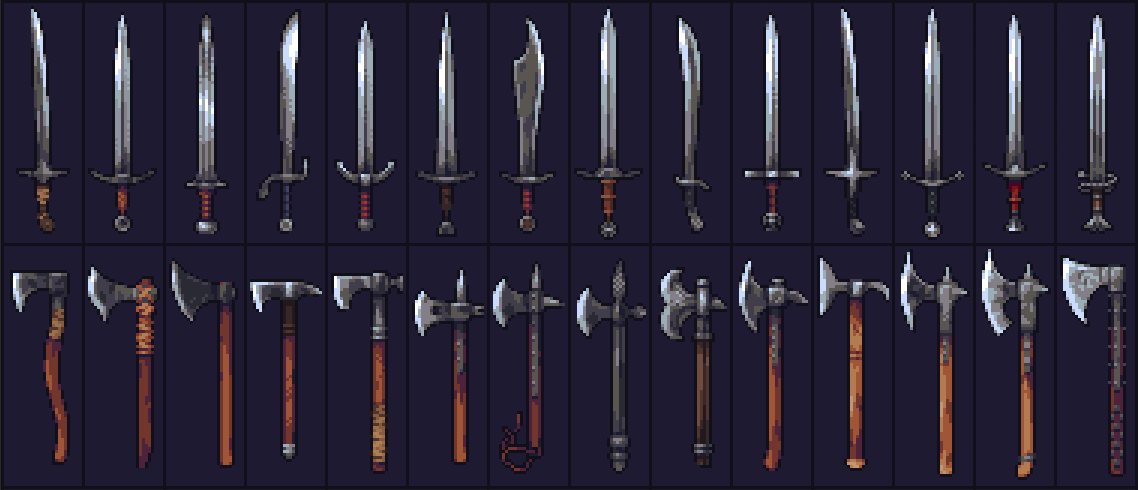
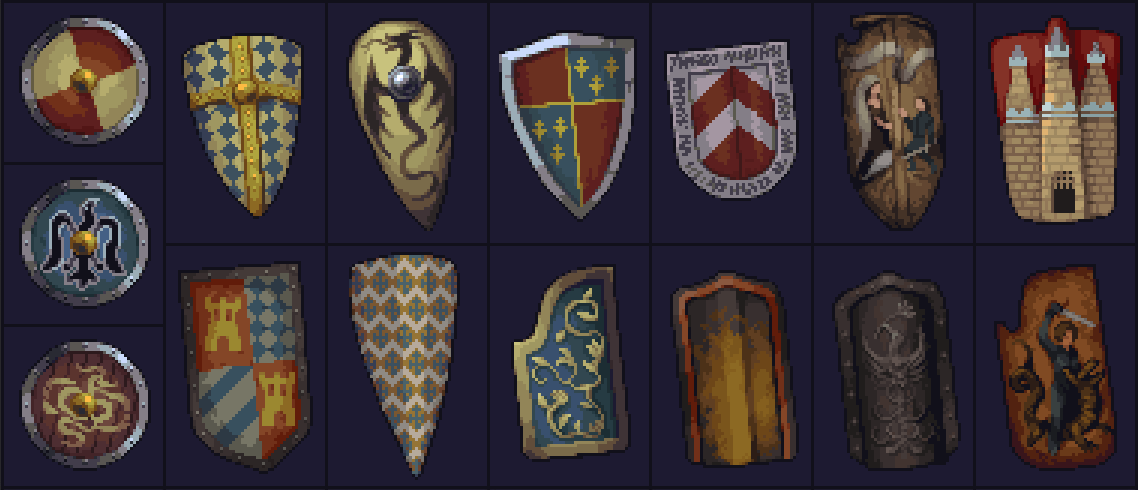
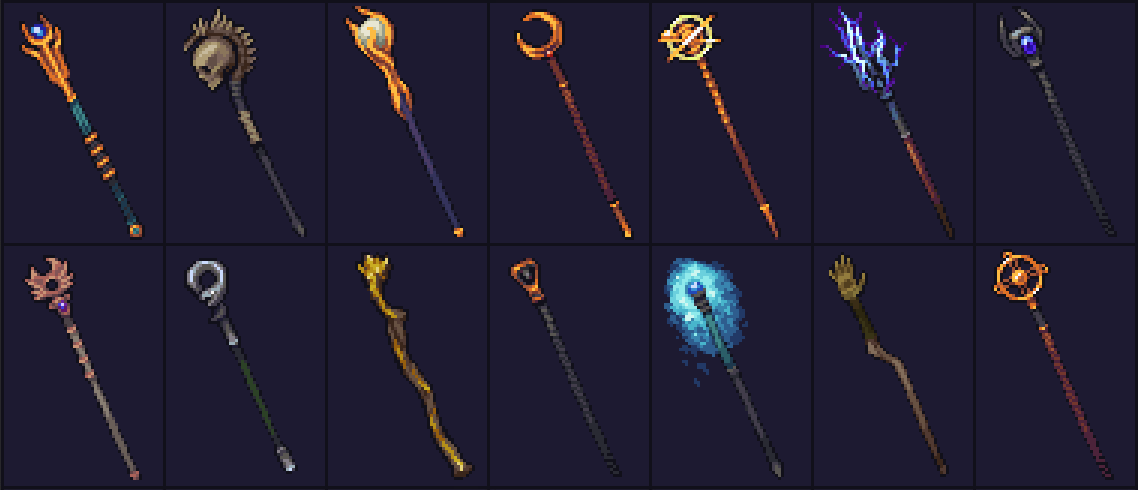 Could you guess the magic schools these staves belong to?
Could you guess the magic schools these staves belong to? From left to right: apprentice, arcanist, pyromancer, electromancer, geomancer, psimancer, cryomancer
From left to right: apprentice, arcanist, pyromancer, electromancer, geomancer, psimancer, cryomancer

